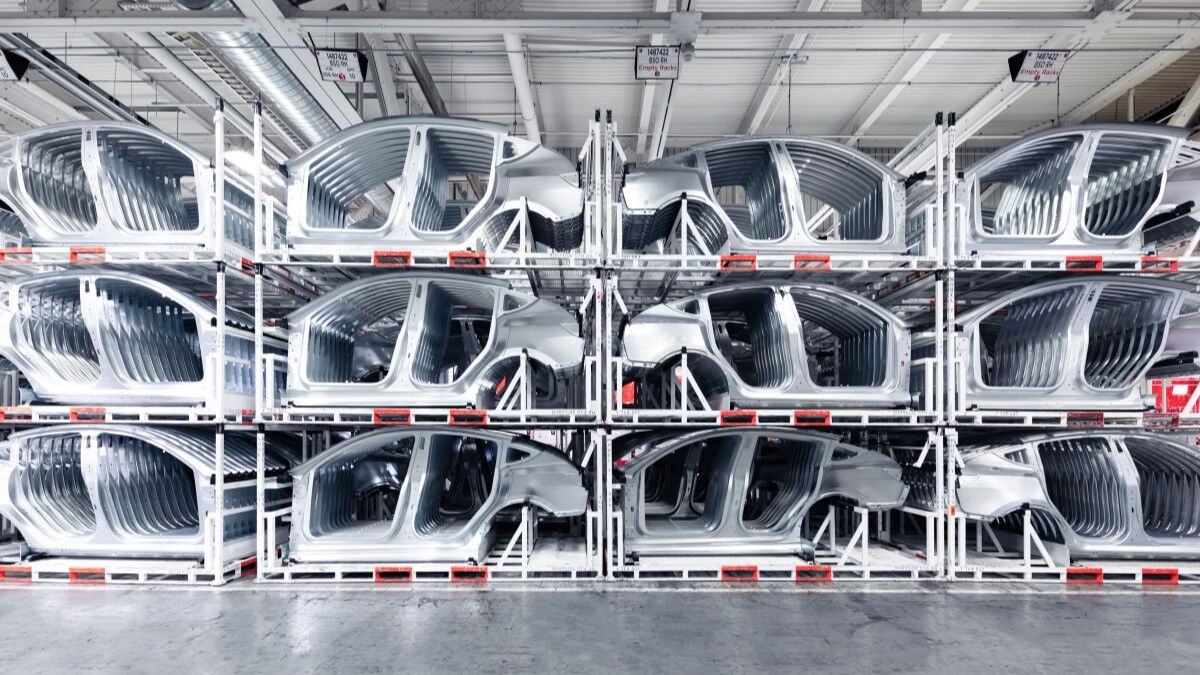If you are a parent of a teen in the process of learning to drive the numbers are daunting if not downright frightening. According to the federal Centers for Disease Control, a car crash is the number one cause of death for youngsters aged 15 – 20. The same agency says that teens are four times more likely than experienced drivers to have car crashes and that 60 percent of all teens will have a car crash of some kind in their first year after receiving their driver’s license. You can see why parents grooming their teen drivers are both shaking in their boots and eager to find a better way to educate their young drivers.
Mercedes-Benz believes it has a better way, and it has opened up the Mercedes-Benz Driving Academy in Los Angeles to prove it. The mission of the new academy is ambitious – its program is designed to produce better decision-making processes and develop superior on-road driving skills for new drivers. How? By challenging its budding drivers to think quickly and make good decisions when behind the wheel.
While getting teens to make good decisions is on the face of it a difficult task, the new method is based on European safety research findings that confirmed the most effective driver education method is coaching. Rather than cascading information over teens, the goal is to draw from individual teen drivers their own appraisals of situations and their most successful reactions to them. This is what my daughter, Maddie, found when she took the Driver Assessment portion of the curriculum. Rather than being overtly guided, she was repeatedly asked during her two-hour session about what she should do next and how well her previous task had gone. Frankly, Maddie had both positive and negative reactions to this technique. She appreciated the interactive nature of the instruction but also felt challenged at times by the necessity to rate her own performance.
If your child doesn’t like constant interaction, she or he might not like the Mercedes-Benz Academy’s teaching style because it is nothing if not interactive. In a quest to develop advanced critical thinking – something Maddie excels in, by the way – the program uses role-playing, dilemma games and brainstorming in addition to heavy doses of coaches’ questions.
"Our goal is to teach critical thinking and road strategy," Marc Hemsworth, Maddie’s driving coach told me. "It is important that the students become used to making good decisions and carrying out those decisions. That’s why we ask them to assess their performance. We want them to think about what they are doing with the goal of doing it better next time if necessary."
Hemsworth, like all the Mercedes-Benz Driving Academy instructors, has an exemplary background for teaching driving. Prior to joining the Academy he was chief driving instructor for the Los Angeles Police Department. He is especially adamant about avoiding distractions, noting that driving errors, many the result of being distracted, are the leading cause of accidents by teens. So his in-vehicle instruction emphasizes paying close, critical attention to the task at hand – driving.
In addition to the behind-the-wheel instruction with highly qualified coaches like Hemsworth, the driving academy offers a variety of programs for teens and other new drivers at various stages in the learning process. Maddie had already obtained her learner’s permit before getting her assessment session, but the academy offers several immersive programs that take advantage of California’s Graduated Driver’s Licensing scheme. The Integrated Program, designed for those who haven’t obtained a learner’s permit, combines 16 hours of behind-the-wheel instruction with 30 hours of driving theory delivered online, in workshops and in the classroom. The On-Road Program, for those with a learner’s permit, offers 10 hours of behind-the-wheel training. Neither is inexpensive. The Integrated Program costs $1,390, while the On-Road Program costs $790, but that seems a bargain when considering the safety of your child. Though the program is currently being offered only in Southern California, the Academy’s director, Carol Duchene, told us that expansion is likely to various cities across the United States.
About the Author:Jack R. Nerad, Executive Editorial Director of Kelley Blue Book and kbb.com, has been reporting on the auto industry and reviewing vehicles for 30 years. He has three daughters including 15-year-old Maddie, who is currently pursuing her driver’s license, so you can understand his nervousness.







